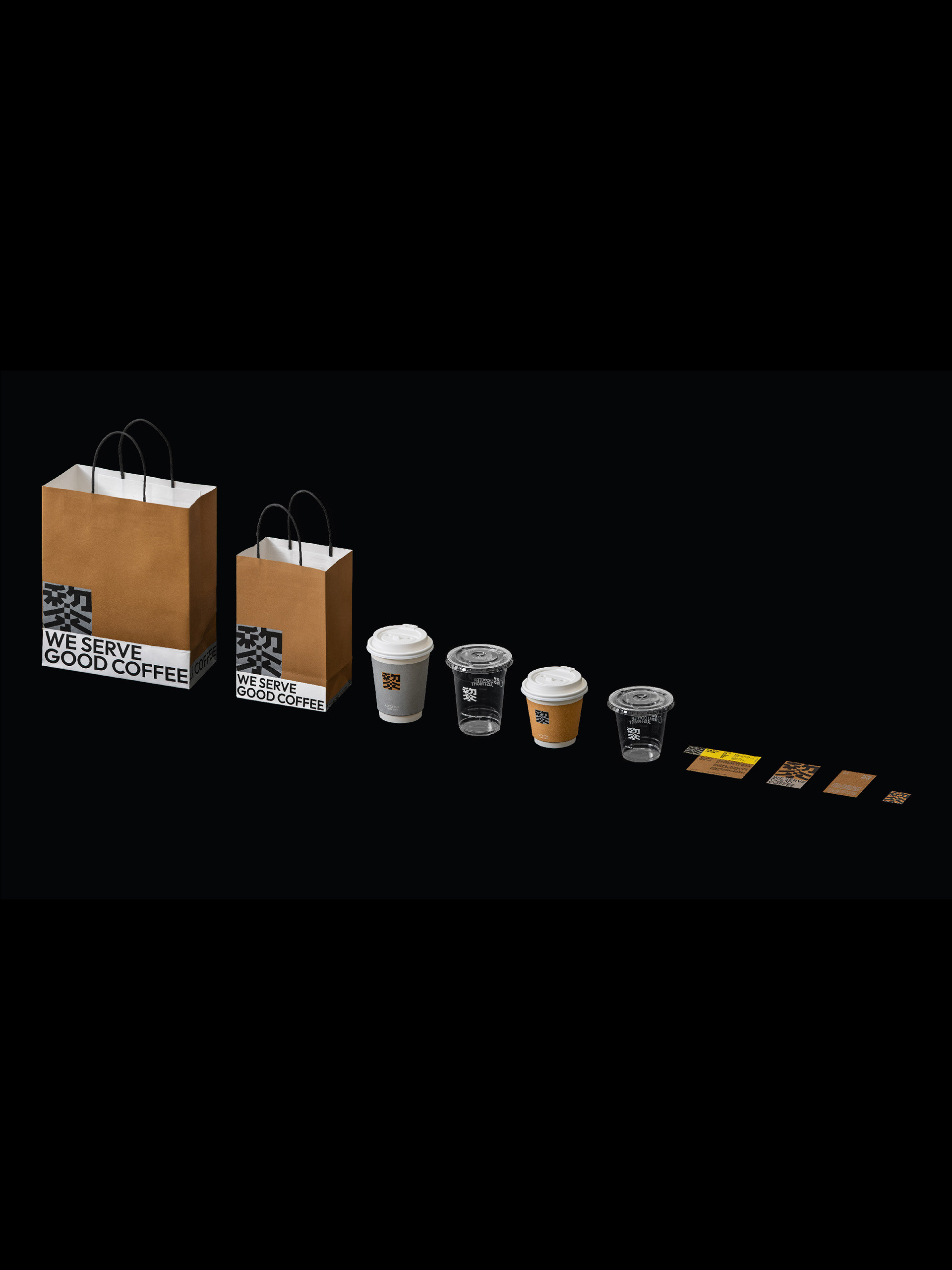
SALMON LIFE CYCLE
Upon reaching natal streams, females build nests, or redds. These little depressions in the gravel are made by the female by turning on her side and using her tail to dislodge stones or pebbles. Males fight with other males for spawning rights with a female. The dominant male will court the female and upon spawning, they release eggs and milt simultaneously. The eggs will settle into the gravel, and the female will cover the eggs with loose gravel and move upstream in order to prepare another redd. Eventually, both the males and females die, supplying the river habitat with nutrients and the seeds of the next generation that will someday return to continue the cycle.

EGGS
The cycle begins in freshwater, when a redd, or a female's nest of eggs, is fertilized.
These eggs remain in the gravel throughout the winter, and the embryos develop.
In the spring, the eggs hatch and alevins emerge.

ALEVIN
These are tiny fish with the yolk sac of the egg attached to their bellies.
Alevins stay close to the redd for a few months. When they have consumed all of the yolk sac and grown in size, these fish emerge from the gravel, and are then considered fry.

FRY
Fry swim to the surface of the water, fill up their swim bladders with oxygen, and begin to feed. Depending on the species, fry can spend up to a year or more in their natal stream. Upon emerging from the gravel, both pink and chum are already silvery smolts, and head directly to sea. Sockeyefry tend to migrate to a lake, spending 1-2 years before migrating to sea. Chinook fry usually spend less than 5 months in freshwater, while coho fry may spend over a year. The survival of fry is dependent upon high-quality stream habitat. Boulders, logs, shade, and access to side channels is important in allowing fry to hide from predators and prevents them from getting flushed downstream during flood river-flows.

SMOLT
Eventually, environmental cues cause fry to begin their migration downstream towards the oceans. At this time, smolting begins, and scales grow as they turn a silvery color. At night to avoid predators, small fry (or developing smolts) allow the river to take them tail-first downstream while larger fry swim actively towards the ocean. Estuaries, at the mouth of the river, are crucial to the survival of young smolts. While allowing their bodies to adjust to the new conditions, they feed heavily, hoping to ensure survival in the ocean.

ADULT SALMON
While some salmon remain in coastal water, others migrate northward to feedings grounds. Salmon may spend one to seven years in the ocean. Certain species have more flexible life history strategies, while others are more rigid. Chum may spend up to seven years at sea, but typically four. Pink salmon, on the other hand, spend a fixed 18 months at sea. Sockeye typically spend two years at sea, coho spend about 18 months, and chinook can spend up to 8 years before journeying back to their natal streams to spawn.

ADULT SALMON




